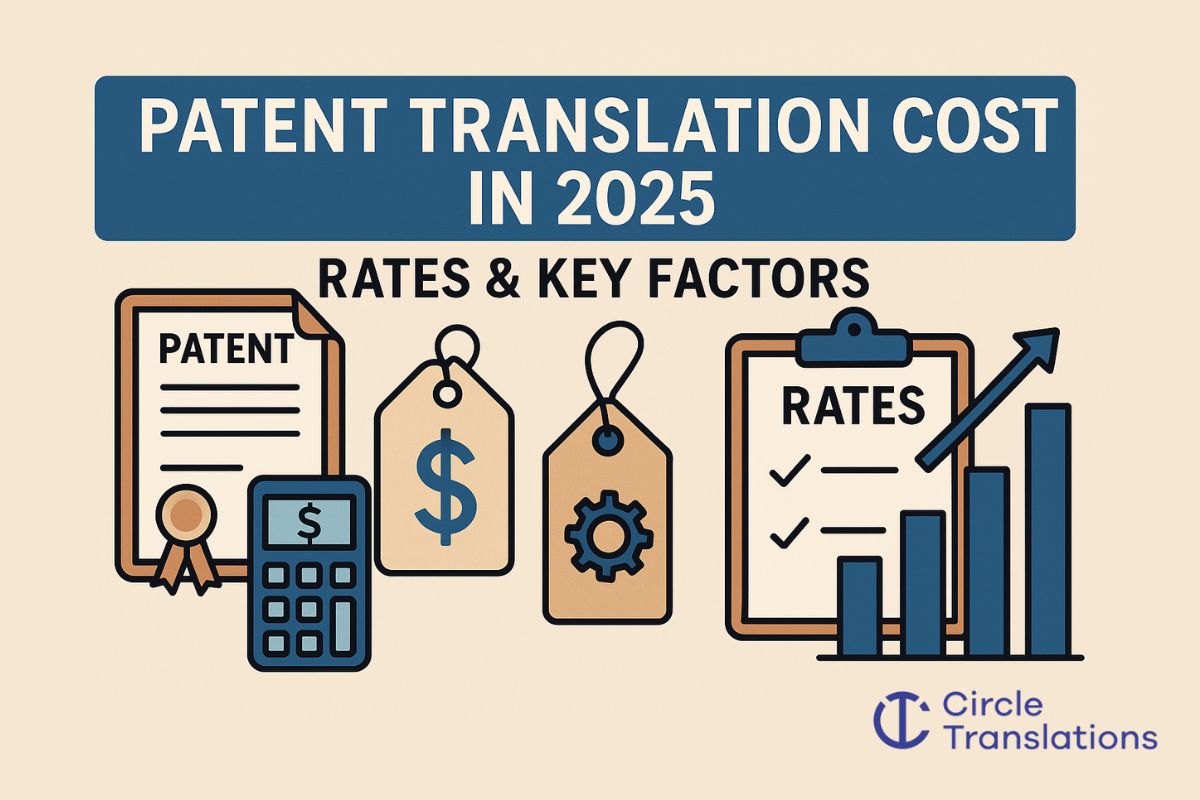Language dubbing has been a God-sent for the television industry. The advent of language dubbing has become a door for foreign content to reach a wider audience. This has enabled many foreign-language movies and TV series to break records!
Well-known shows like ‘Money Heist’ and ‘Squid Game’ wouldn’t be where they are right now. Their beautiful success worldwide is all due to the magic of subtitles and incredible dubbing that enabled these foreign language shows to reach every corner of the world!
What is Language Dubbing?
Language dubbing refers to the process of adding dialogues to an already filmed video or movie. Dubbing is usually used when a video or movie is filmed in another language, or there’s some problem in the dialogue delivery in the final cut. It is most commonly used in translating foreign-language movies into the audience’s language. These films are translated by expert translators and scriptwriters who use precise words after carefully observing the original script, tone of voice, and the lip movement of the actors.
There are two types of dubbing present:
- Animation Dubbing
- Live-Action Dubbing
Animation dubbing gives the dubbing actor free rein over their words as the animated faces aren’t as nuanced as real people. So, following their lip movement isn’t as important. However, when it comes to dubbing live-action movies, you have to copy every little thing about the original actor. Everything should be in sync to make the dubbing good, from their tone of voice and lip movement to the time they deliver a dialogue. This is more constraining for the dubbing actors as it limits them quite a lot.
Dubbing is a sure way to edit a video and make the audio seem streamlined, disregarding the actual conditions of the shoot. Other places where dubbing is commonly used are:
- Voice-over narration
- Musical numbers
- Substituting original audio with the older audio
The dubbing team needs to be very careful when dubbing because if the audio tracks don’t sync with the original audio tracks, it makes it a really bad dubbing job.
How Does Dubbing Audio over Video Work?
Many people don’t like reading subtitles or captions and prefer to watch shows in their own language. Sometimes people have difficulty reading due to cognitive discrepancies. Therefore, dubbing increases the reach of the audience towards more foreign content.
As compared to the subtitling and captioning process, audio dubbing is more hectic. It requires a lot of planning and different procedures before the movie can actually get dubbed, especially when you are dubbing a video or movie currently found in a foreign language.
Let’s look at the entire process from the beginning, and remember, we are striving for a flawless dubbing that doesn’t even sound like the video is dubbed!
- The first part of the process of dubbing audio over video is that your video master is delivered to the localization provider. This video master consists of the video, the original script, and the sound mix of the entire project.
- After that, they time code the entire script. If a script is not received by the provider, a written text transcription of the dialogues is carried out.
- Another script is created by scriptwriters and translators, using the original script, the time every dialogue was delivered, and the language they are translating.
- The translators need to be more careful because when one language is translated into another, it loses meaning when people literally translate every word in a sentence. They have to keep the tone conversational and make every sentence flow correctly.
- They find the right words and preserve the dialogue and tone of the scene, making it flawless. Because if there’s too much difference in the lip movements of the actor and the dubbing, it becomes quite distracting to the audience.
- After the script is translated, voice actors are cast to deliver the newly dubbed dialogues. It is important to cast actors who are fluent in the localizing language.
- Not only that, but by hearing and observing the original voice actors, the dubbing cast should have a similar voice to make it as close to the original voice as possible.
- A sound engineer and the director work closely with the actors during the dubbing process to ensure that the voices, timing, and lip movements are synchronized with the original actors.
- After that, the original video is edited with the new audio track, and many adjustments and tools are used to make the dubbing streamlined with the video!
Best Tools for Dubbing
Some quality tools that can help you get some good experience in dubbing are:
- Adobe Audition CC
- WavePad
- Audacity
- Magix Music Maker
Best Tools for Dubbing
Some quality tools that can help you get some good experience in dubbing are:
- Adobe Audition CC
- WavePad
- Audacity
- Magix Music Maker
The Rising Popularity of Dubbing
Language dubbing has been popular among the European and Asian regions since the 1930s and 40s, as they like to watch foreign movies in their own language. However, the average U.S. cinema-goers prefer to watch foreign movies with subtitles in order to preserve the originality of the art that is the foreign movies.
The popularity of dubbing has had mixed reactions from all over the world. Some bad reactions to it are due to the poor dubbing people have been exposed to instead of the flawless dubbing that professional companies provide. If they are introduced to the high-quality better side of language dubbing provided by well-known companies like Circle Translations, we are sure many people will change their minds!
Subtitles

Professional and Accurate Subtitle Services for your Videos.
- Video subtitles specifically tailor-made for improving accessibility.
- Using highly experienced subtitlers with years of industry experience.
- Professionally written and expertly timed.
Translation

We help the world’s top companies translate their content in over 73 languages!
- We localize content for internet websites, games, travel, cryptocurrencies, and more
- Expand your global audience by adding different languages.
- We work only with qualified translators and experienced content creators
Audio translation

Ensuring full accessibility for Blind and visual impaired audiences.
- Visual descriptive events as they occur in the video.
- Working with top audio describers to perfectly describe what is happening on-screen
- Professional sound recording.














